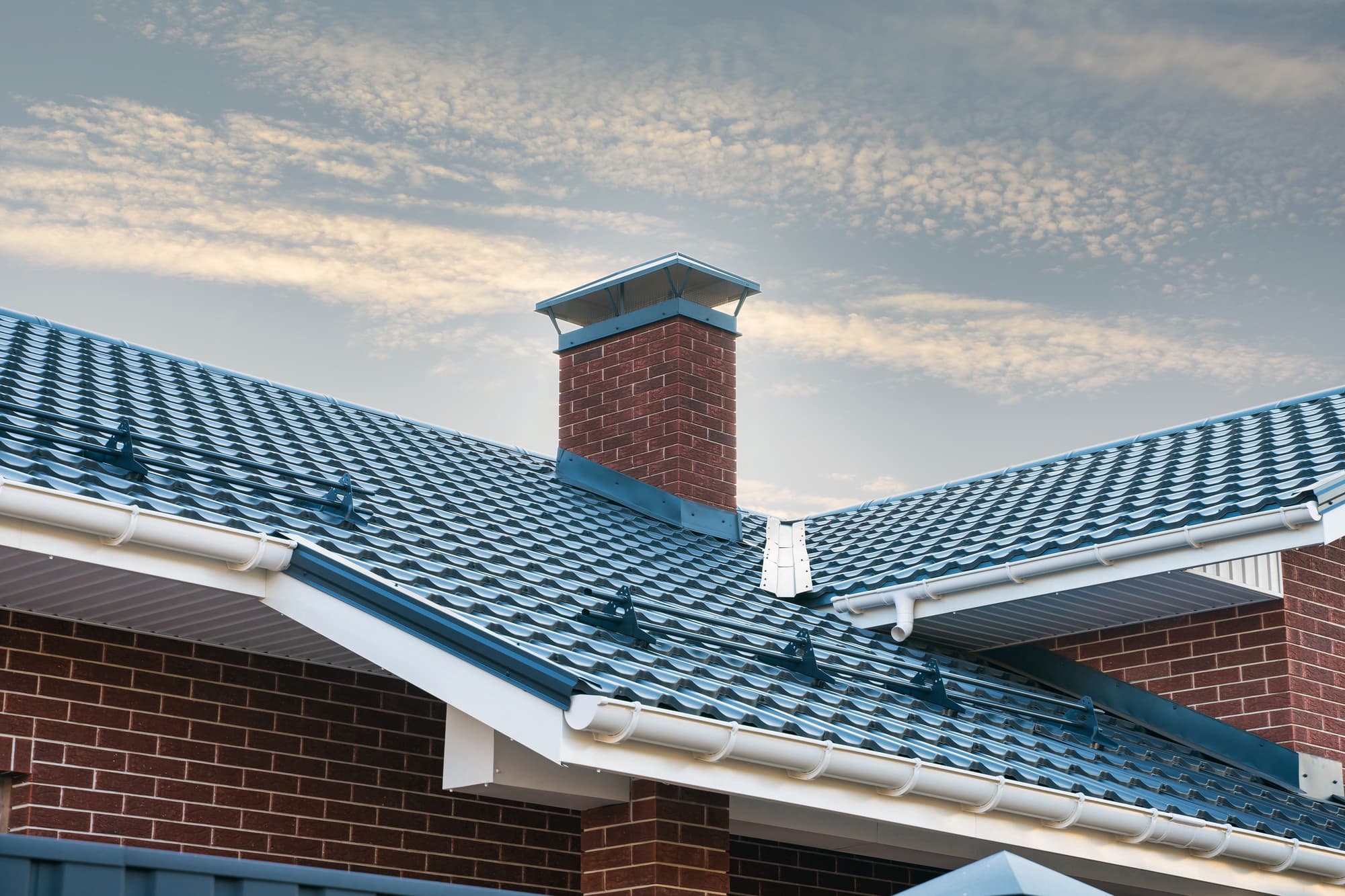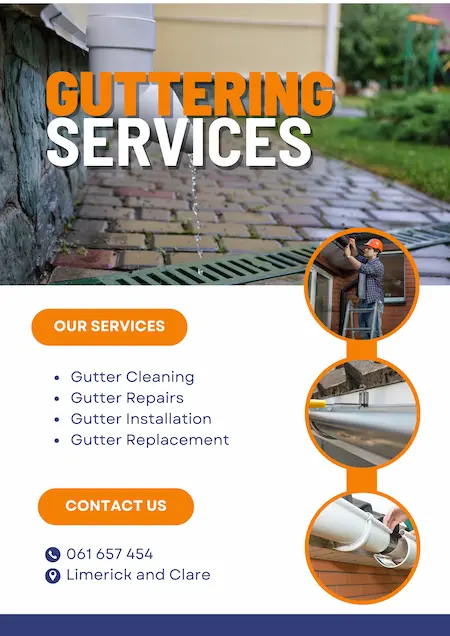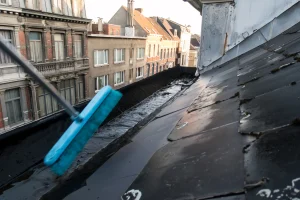Sure, soffits and fascias might not be the first things you notice when you’re admiring a house, but they’re doing some heavy lifting behind the scenes.
Tucked away, these parts of a home’s exterior are busy protecting it from the harsh realities of the environment.
They’re the unsung heroes that shield your home from weather damage, help keep moisture and mould at bay, and maintain the structure’s overall stability. Pretty important, right?
But wait, there’s more! Let’s delve deeper into why these parts of your home’s exterior are not just handy, but absolutely vital.
Key Takeaways
The Role of Soffits and Fascias
Soffits and fascias are the unsung heroes when it comes to protecting your home from weather damage and ensuring its structural soundness. They are your first line of defence against the elements, especially water damage. Fascias are like a shield for your roof and home. They keep water from sneaking into your structure and support your gutter system to handle heavy rainfall. This clever design guides water away from your roof and house interior, preventing potential water damage that could weaken the structure’s sturdiness.
Soffits, on the other hand, are more than just a pretty face. They provide ventilation and protect the rafters from moisture buildup. By doing so, they ward off rot and help keep your roof stable. They also regulate the attic temperature, which can prevent it from getting too hot in the summer or too cold in the winter.
When it comes to fixing soffits and fascias, it’s best to leave it to the professionals. These folks have the know-how to properly inspect and replace any damaged fascias and soffits. They understand the need to get a tight fit to keep water out and maintain your home’s structural soundness. Plus, they can spot any hidden issues that might need addressing, like rot or mould. By trusting professionals with the job, homeowners can rest easy knowing their soffits and fascias are well taken care of.
Signs of Deteriorating Soffits and Fascias
The state of your soffits and fascias can tell you a lot about the health of your home’s exterior. If you’re noticing any changes, it might be time for some maintenance and repairs. Here’s what you need to be on the lookout for:
- Paint that’s peeling or flaking off: This could mean that moisture is getting in and causing decay. If your paint is starting to peel or flake, it’s time to take action. Addressing this issue quickly can help you avoid more serious problems like water damage and rot.
- Signs of rot and dampness: If you’re seeing signs of rot or dampness on your fascias and soffits, don’t wait to do something about it. The longer you wait, the more damage can be done, and this can even affect the structural integrity of your home.
- Infestations of insects or rodents: Pests like insects and rodents are drawn to wood that’s deteriorating. If you’re seeing signs of these critters on your fascias and soffits, it’s a pretty clear signal that the wood is starting to break down and needs to be looked at.
- Visible wear and damage: If your fascias and soffits are showing cracks, warping, or other signs of damage, don’t ignore them. These signs can mean that it’s time for a replacement or a fascia and soffit repair which can help keep your home looking its best.
Having a specialist regularly inspect your home’s exterior is a good way to spot these issues early. Taking care of problems as soon as they arise can help prevent more damage and keep your soffits and fascias in top shape for years to come.
Choosing the Right Material for Soffit and Fascia Installation
Deciding on the right materials for your soffit and fascia installation can greatly impact the lifespan and functionality of these components. The main factors to consider include the material’s resistance to weather conditions, potential for rot and decay, and susceptibility to insect damage. The level of maintenance required should also be taken into account. Here’s a breakdown of how different materials stack up in these different categories:
| Material | Maintenance Considerations | Durability Factors |
|---|---|---|
| Aluminum | Simple to clean and upkeep | Stands up well to weather, rot, decay, and insects |
| Vinyl | Easy to clean and maintain | Can withstand weather, rot, decay, and insects |
| Wood | Needs frequent painting and sealing | Tends to rot, decay, and suffer insect damage |
| Fiber Cement | Occasional painting and sealing is needed | Holds up well against weather, rot, decay, and insects |
| Steel | Regular maintenance needed to avoid rust | Can resist weather, rot, decay, and insects |
Both aluminium and vinyl are often chosen for their low maintenance and durable qualities. They’re simple to clean and stay looking good for a long time, making them great choices for those who prefer an easy-care solution. Wood, on the other hand, offers a pleasing aesthetic but needs regular painting and sealing to ward off rot, decay, and insect damage. Fibre cement strikes a balance between durability and maintenance, while steel needs regular care to keep rust at bay. It’s always worthwhile to seek professional advice to figure out the best material for your specific needs.
Benefits of Maintaining and Replacing Soffits and Fascias
Keeping your soffits and fascias in good shape is a smart move for any homeowner. These unsung heroes of home exteriors do an important job: they keep your home safe from the ravages of weather. They act as a shield, keeping moisture at bay, helping to stave off rot and decay, and ensuring your home stays sturdy and strong.
Another plus point of keeping your soffits and fascias in tip-top condition? Ventilation. These parts play a key role in letting your attic breathe, stopping moisture build-up and nipping any potential mould growth in the bud. This not only keeps your home healthy but also helps your roof live a longer life.
But it’s not just about practicality. Soffits and fascias also bring some style to the table. They give your home a sleek, smooth look that’s sure to turn heads. If you’re looking to sell, a well-kept exterior could give your property value a nice little boost.
Of course, even with the best care in the world, there comes a time when replacements are needed. The price tag can vary, depending on things like the materials you choose and the size of your house. To get the most bang for your buck, it’s smart to bring in the experts. Professionals with the right know-how and experience can make sure the job’s done right, helping you get the most out of your soffits and fascias.
Frequently Asked Questions
How Important Are Soffits and Fascias?
Soffits and fascias? Oh, they’re more than just pretty faces on a house, let me tell you! These parts are key players in keeping your home looking good and working well. They’re like the unsung heroes of a house, providing much needed ventilation and reducing moisture buildup. Without them, you might have to deal with some serious weather damage. So, don’t underestimate their role. They’re like the secret sauce to maintaining your home’s durability and overall structure.
What Is the Purpose of Soffits in a House?
Soffits, those parts that you see fit right under the eaves of your roof, are more than just pretty pieces of architecture. They play a critical role in keeping your house in tip-top shape. How so, you ask? Well, for starters, they help with ventilation. That’s right, they allow fresh air to circulate into your attic, helping to keep your home cool and energy-efficient.
But that’s not all. Soffits also help in warding off unwanted moisture damage. By ensuring proper air circulation, they help to keep the attic dry, reducing the risk of mould and wood rot. Plus, let’s not forget that they add a nice touch to your home’s exterior, helping to boost its curb appeal.
Are Soffits Necessary?
Yes, soffits are indeed vital. They act as a shield for your home against the elements, help avoid the accumulation of unwanted moisture, and contribute significantly to the maintenance of the structural soundness of your home. When considering the installation of soffits, it’s crucial to weigh up the advantages and disadvantages and put some thought into selecting the appropriate materials.
Why Is Fascia Important on a Roof?
Fascia on a roof is really important – and here’s why. It acts as a guard, keeping all kinds of things at bay. It’s like the front-line soldier for your roof, battling against moisture buildup and reducing the chances of unwanted guests like insects or rodents. Plus, it totally supports the gutter system, making sure it stays in place and does its job properly. And let’s not forget the style factor! A proper fascia can seriously up your home’s curb appeal. So make no mistake about it – solid soffits and fascias are total game-changers for your roof.






